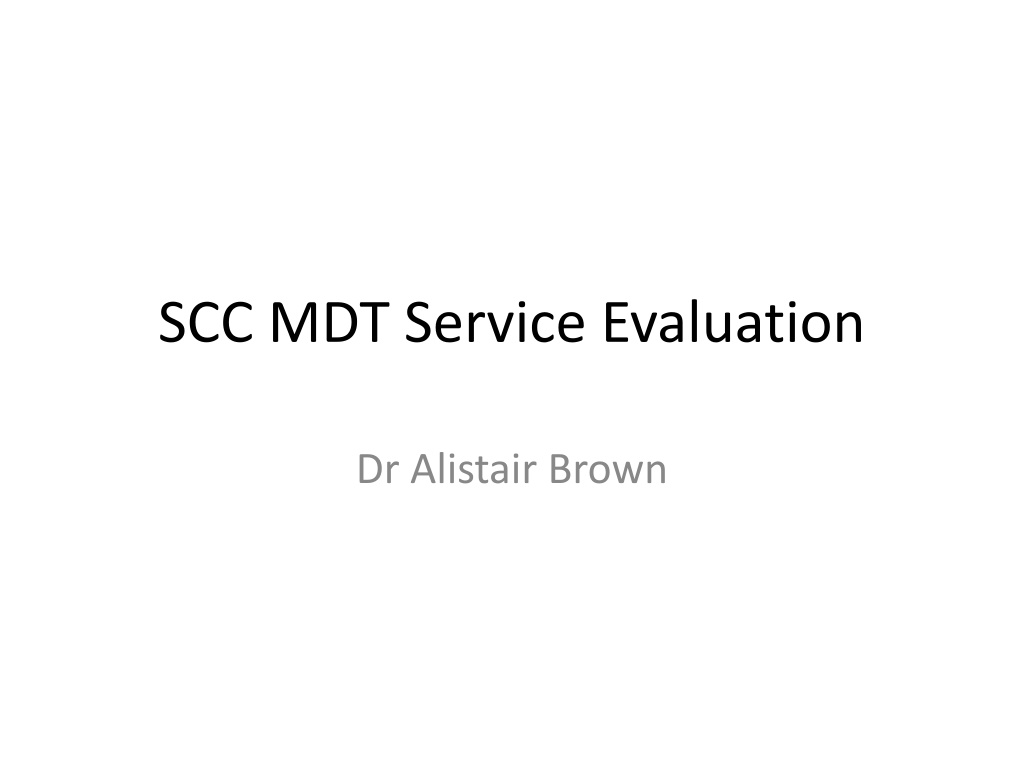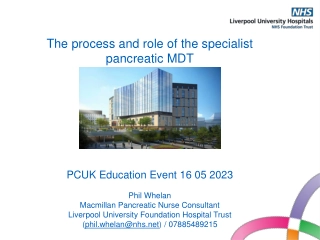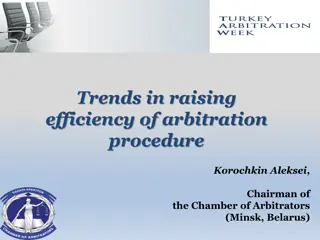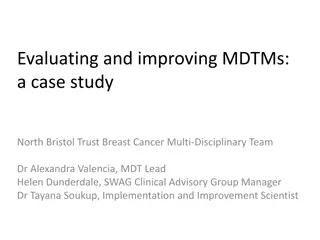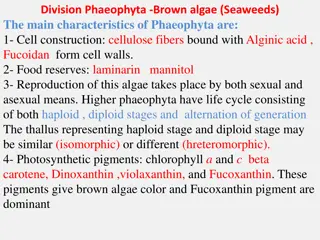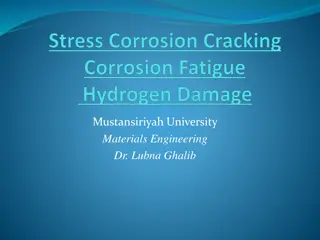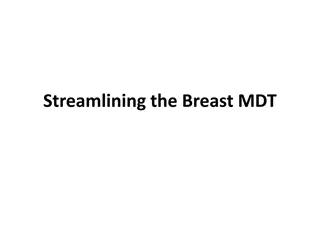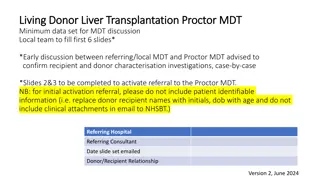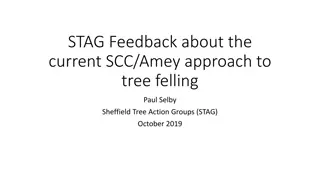SCC.MDT.Service.Evaluation by Dr.Alistair Brown
This evaluation assessed the discussion of squamous cell carcinomas with high-risk features at MDT, consistency of MDT decisions, and five-year outcomes. In 2013, 459 patients with 514 SCCs were reviewed, with 211 discussed at MDT. High-risk features, MDT decisions, and patient outcomes were analyzed, highlighting the importance of multidisciplinary approaches in cancer care.
Download Presentation

Please find below an Image/Link to download the presentation.
The content on the website is provided AS IS for your information and personal use only. It may not be sold, licensed, or shared on other websites without obtaining consent from the author.If you encounter any issues during the download, it is possible that the publisher has removed the file from their server.
You are allowed to download the files provided on this website for personal or commercial use, subject to the condition that they are used lawfully. All files are the property of their respective owners.
The content on the website is provided AS IS for your information and personal use only. It may not be sold, licensed, or shared on other websites without obtaining consent from the author.
E N D
Presentation Transcript
SCC MDT Service Evaluation Dr Alistair Brown
Purpose To assess whether all squamous cell carcinomas with one or more high risk features were discussed at MDT. To evaluate consistency of MDT decisions. To evaluate five year outcomes for patients discussed at MDT.
Method All cutaneous SCCs reviewed by pathology at the Royal Devon and Exeter NHS FT identified by cancer services for the year of 2013. Patient notes including MDT proforma reviewed on CDM and Medway 5 years of followup assessed.
459 patients, had 514 histologically confirmed SCCs in 2013 211 patients were discussed at MDT Mean age 80 years Clinical size was inconsistently recorded (32%) but correlated closely with histology size (15mm vs 16mm)
200 150 100 50 0 Basisquamous WDSCC MDSCC PDSCC Unknown Early invasive 140 120 100 80 60 40 20 0 Lip Eyelid inc canthus ext other parts of face scalp and neck upper limb lower limb trunk auricular canal
Immunosuppressed Total 39/459 NHL 6 Other haematological malignancy 17 Vasculitis on immunosuppression 2 Transplant 3 IBD on azathioprine 1
High risk features 274/514 had 1 or more high risk feature (further 35 curetted lesions w/o other feature) 17 perineural/vascular invasion Involved margins 40 (8%) cases & narrow (<1mm) in 71 (14%) cases. (Margins not recorded (either missing from report or curettings) in 46 cases) 108 Size >20mm 140 Thickness >4mm 278 Differentiation/grade 141 with high risk features not discussed at MDT (if curetted lesions inc n=11)
MDT decisions 211 cases were discussed at MDT and outcomes were as follows: 56 were deemed adequately treated 63 recommended for observation 54 for WLE 7 for radiotherapy 29 were offered varying combinations of the above. Following MDT: 58 had WLE 10 patients were referred for adjuvant radiotherapy. 11 patients not discussed at MDT had a WLE
Outcomes 173 (38%) patients died of non-SCC related causes during the 5 year follow up period 12 patients developed local recurrence of which 2 subsequently developed metastases. Overall 9 (2%) patients developed metastatic SCC, of which 8 died (average 2.1 years following original diagnosis).
Metastasis All high-risk at diagnosis, with average size of 28mm, 8mm thickness and 8/9 were moderately or poorly differentiated. 4 had been incompletely excised and 2 had narrow margin excisions. 7/9 were discussed at MDT. 2 not discussed (97yo, PD, 35mm & 78yo, PD, 20mm both well excised, no further treatment) 4 had WLE+/- adjuvant radiotherapy, 1 had palliative radiotherapy. and 4 had no further treatment. 2 cases that metastasised had narrow margins but no further treatment (92yo, MD chest, 5mm thick, 22mm, deep 0.7 & 85yo, PD temple, 30mm, 6mm thick, deep 0.4 MDT recommended WLE or RT)
Conclusion In 2013 not all high risk SCCs were discussed at MDT, including 2 that subsequently metastasised (although this would probably not have influenced outcome) Size of tumour and margins were not uniformly reported either clinically or histologically although when size was reported clinically it correlated well with histology. Size, thickness, and narrowness of excision were all features of SCCs that metastasised, in addition to differentiation. Immunosuppression was difficult to capture retrospectively but is likely to be another important factor. Our evaluation supports WLE of any tumour narrowly or incompletely excised with any additional risk factor. There was not enough data to inform use of radiotherapy.
